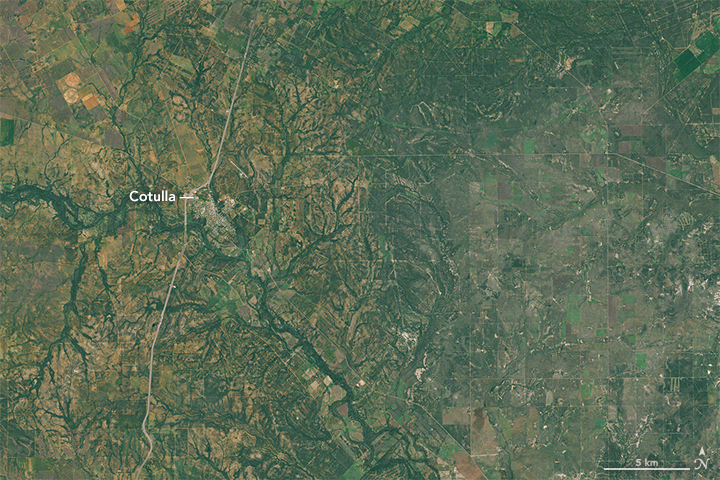The Sunset Advisory Commission staff have issued their draft report on the Texas Railroad Commission. Sunset review of the RRC has been controversial. This is the third time the agency has gone through sunset review since 2010, although most agencies aren’t reviewed by the Sunset Commission more than once every twelve years. Previous sunset review reports, like the current draft, have been critical of some aspects of the RRC’s structure and work. Because the RRC’s principal jurisdiction is over the regulation of oil and gas exploration and production and pipelines, its functioning is important to land and mineral owners, and those owners should be familiar with how the RRC works and what its responsibilities are and should consider weighing in on issues raised by the Sunset Commission Report.
First, a little background on the sunset review process. The Sunset Commission is required by statute to periodically review the performance of all state agencies and make recommendations on whether they should continue to exist and how they could improve their performance. The idea is that all agencies “sunset” — cease to exist — unless the legislature re-authorizes the agency after review by the Sunset Commission. About 130 state agencies are subject to review under the Texas Sunset Act. Agencies typically undergo sunset review every 12 years.







